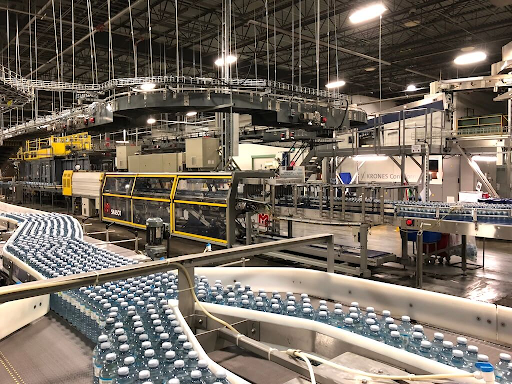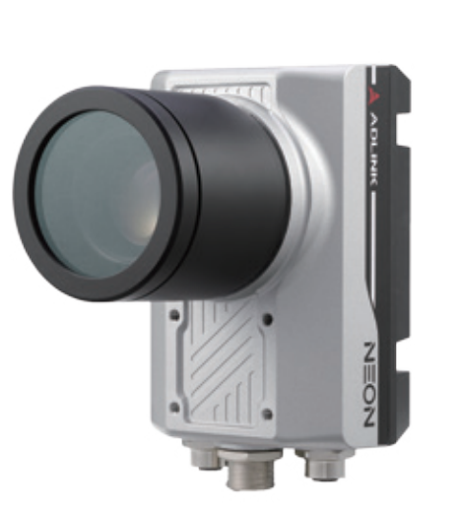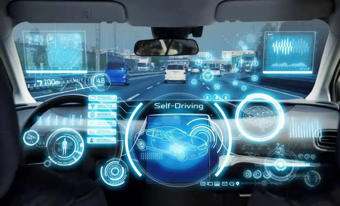© 2025
All rights reserved
There are a few technology advancements that have made vision systems far more accessible and Overview builds products that take advantage of these developments. First is the connected system. It sounds simple, but connecting a vision system to the internet allows you to have a full time support person constantly monitoring your system. If anything goes wrong, nearly all problems can be solved remotely without any lag for travel or access to a factory. In Overview’s case, the upkeep remains the responsibility of the provider. The result is systems with excellent uptime.

The second reason these systems behave so differently is a new class of inspection algorithms that are much more forgiving than traditional algorithms. Based off of deep learning, the same approach used in self-driving cars, error spotting algorithms can work without controlled lighting and with much more positional variability. Before deep learning, machine vision algorithms hadn’t changed in 30 years. While computers got better (and less expensive–helpful!) the fundamentals of inspection only improved incrementally, until deep learning arrived.
Deep learning allows a much more flexible system that can be used on a whole new set of applications. Just like a computer can drive a car in all weather conditions, and on all types of roads, vision systems can handle much more lighting and positional variability. A $1,000 computer can eliminate $25,000 of lighting and fixturing cost. These systems can work on lower volumes and catch more general defects.
First and foremost connected systems allow instant access from anywhere on earth. This can be very helpful for centralizing operations. Additionally, connected systems can log essentially infinite amounts of data. Every picture, and all the surrounding information can be stored in a database and easily recalled. Build rates and failure rates can be captured and easily referenced. The image archive can also be a valuable tool for engineers in all parts of the organization and can help limit the size of recall or containment if something unexpected happens in the future.



All of a sudden, vision systems are now:
Your factory probably has far more affordable applications than you realize. Feel free to reach out to Overview and we’ll help you figure out where you may be able to add an automated check. We run free feasibility studies through a mobile tool that you can get set up with in minutes.
Chris Van Dyke is Overview’s CEO and one of its founders. Before Overview Chris worked at Tesla for eight years where he led the team that designed the Gigafactory. Chris left Tesla to start Overview with the goal of combining the exciting promise of computer vision with the tangible benefits and satisfaction of the manufacturing field.
email – chris@52.43.28.86
© 2025
All rights reserved